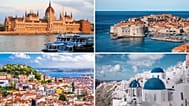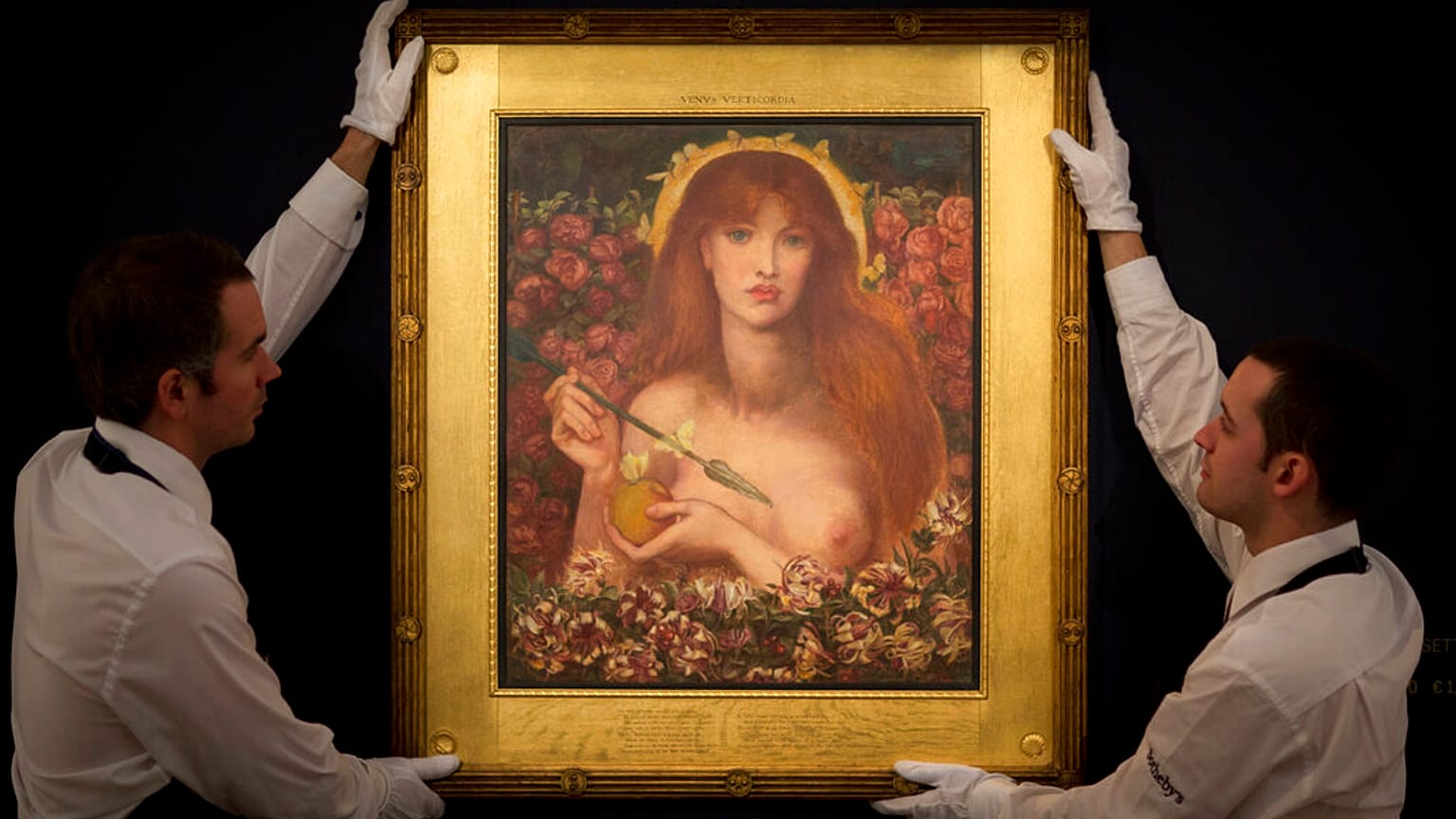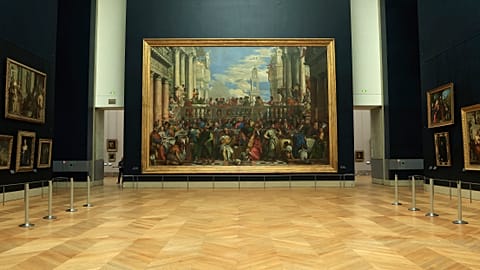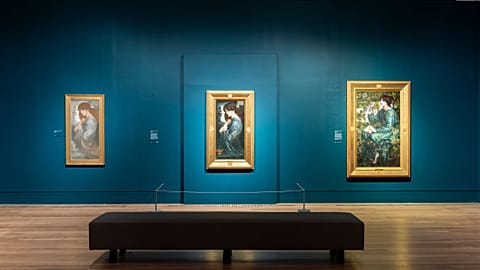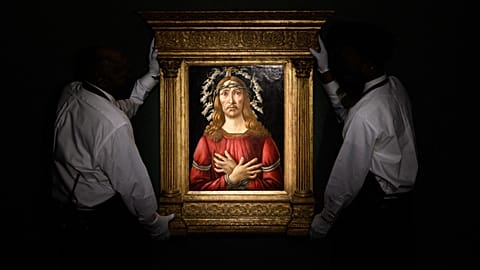The exhibition is the first to display works by the likes of Dante Gabriel Rossetti and Edward Burne-Jones, alongside those of Michelangelo, Botticelli and Bellini.
Over 300 works of art from the 19th-century British movement, the 'Pre-Raphaelite Brotherhood' are now on show in Forlì, near Bologna in northern Italy.
'Pre-Raphaelites. Modern Renaissance' traces the profound impact of historical Italian art on the movement between the 1840s and 1920s by placing the British works alongside their Italian prototypes.
On display are Pre-Raphaelite paintings, sculptures, textiles and jewellery by Dante Gabriel Rossetti, Edward Burne-Jones, Ford Madox Brown, William Morris and more.
Works have been loaned from numerous Italian and foreign museums, including the Uffizi in Florence, the British Museum, the Tate Modern, and others including museums in the USA, Mexico and Brazil.
Visitors will be able to enjoy them alongside pieces by the Old Masters, such as Michelangelo, Botticelli, Bellini, Signorelli and Beato Angelico.
"This is the first time that the works of the British Pre-Raphaelite artists have been brought together with works of the Italian Renaissance, of the kind that inspired them to make their art in such large numbers," Elizabeth Prettejohn, curator of the exhibition explains.
Revitalising English painting
The 'Pre-Raphaelite Brotherhood' was founded in secret in London in 1848 by seven Royal Academy students, aged between 19 and 23, who were bored and frustrated by the rigid traditions that dominated Victorian British art.
William Holman Hunt, John Everett Millais, Dante Gabriel Rossetti, William Michael Rossetti, James Collinson, Frederic George Stephens and Thomas Woolner aimed to revitalise English painting, which was considered to be in decline due to the excessively formal and strict rules imposed by the Royal Academy.
Fascinated by art made before Raphael, they developed a distinctive and instantly recognisable style: flame-haired women, glittering colours and wild countryside painted in microscopic detail.
After initial criticism, the critic John Ruskin decreed the success of the movement in 1851, writing two elegies and an essay entitled Preraphaelitism.
While social and patriotic themes played a large part in their work, they were particularly striking for their ideal of female beauty.
Cast in the guise of biblical and Shakespearian heroines, the women of the Pre-Raphaelites are complex figures full of contradictions.
Idealised as redeeming creatures, such as Dante's Beatrice, who inspired many of the movement's paintings, but have a strong sensual power and enchanting beauty.
This ambivalence can also be traced to the women protagonists of the artistic movement, who were models, inspiring muses, lovers and finally the authors of many paintings themselves.
"So women were involved from the very beginning of the Pre-Raphaelite Brotherhood. But you could say there's a sisterhood two at the same time,” says Prettejohn.
Revolutionary art
This new artistic movement was born in 1848, the year of the revolutions that set Europe ablaze and their style reflected the socio-political change that was taking place.
It was not meant to be a reactionary return to the styles of the past, but a modern, visionary project capable of breathing new life into the Italian tradition.
“They said, that's enough. We want something much more exciting. We want art that is much more authentic and passionate, that is more tightly drawn and more brightly coloured. We want to make people more excited about art in terms of its emotional power” Peter Trippi, curator of the exhibition, explains.
"They are trying to make a revolution by looking back, not looking forward, like, for example, the futurists. They were very much thinking about art before Raphael, thus Pre-Raphaelite...And they wanted to put that in front of a modern audience using modern themes. It's not all Madonnas. It's also about modern life and social problems of their own period," added Trippi.
“Pre-Raphaelites. Modern Renaissance” runs at the Museo Civico in Forlì until 30 June 2024.



